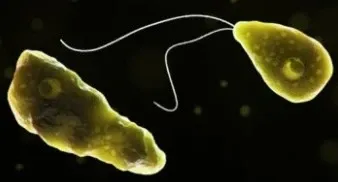Why was an 11-Year-Old Girl Diagnosed with Amoebic Meningitis in Kerala?

Synopsis
Key Takeaways
- Amoebic meningitis is a rare but deadly infection.
- Early symptoms can be mistaken for other illnesses.
- Critical condition reported in multiple patients.
- Public health warnings have been issued.
- Precautions include avoiding contaminated water.
In Malappuram, Kerala, on August 20, a tragic incident unfolded as an 11-year-old girl from Chelari was found to be suffering from amoebic meningitis, commonly referred to as the brain-eating amoeba. This rare yet often deadly brain infection was confirmed through a PCR (polymerase chain reaction) test conducted earlier this week. Currently, the young patient is receiving aggressive treatment at Kozhikode Medical College Hospital, where she remains on a ventilator, according to health officials.
The child was admitted to the hospital the previous week due to persistent fever. With her case, the total number of patients being treated for this illness at the facility has escalated to three, including a three-month-old infant and a 40-year-old male, both of whom were hospitalized earlier this month.
All three patients are reported to be in a critical state.
On August 14, a nine-year-old girl from Thamarassery in Kozhikode tragically passed away due to an infection from the brain-eating amoeba.
This girl was initially taken to a local hospital on August 13 with a high fever. As her health worsened, she was transferred to Kozhikode Government Medical College the following day, where she succumbed just hours after her arrival.
Further tests revealed she was suffering from primary amoebic meningoencephalitis, a grave condition that occurs when the amoeba enters the body through the nasal passages and infects the brain.
Earlier this year, a 39-year-old woman from Chengottukavu in Kozhikode also lost her life to amoebic meningitis after a prolonged battle in the medical college hospital.
Amoebic meningitis is caused by free-living amoebae that enter the body through the nose, swiftly advancing to the brain and yielding a fatality rate exceeding 97%. Symptoms include severe fever, intense headaches, nausea, vomiting, and confusion, often followed by seizures and coma.
In light of these recent cases, the state health department has urged the community to take preventive measures, such as steering clear of swimming or bathing in stagnant or contaminated waters, ensuring proper chlorination of public water supplies, and utilizing nose clips when unavoidable exposure to water occurs.









